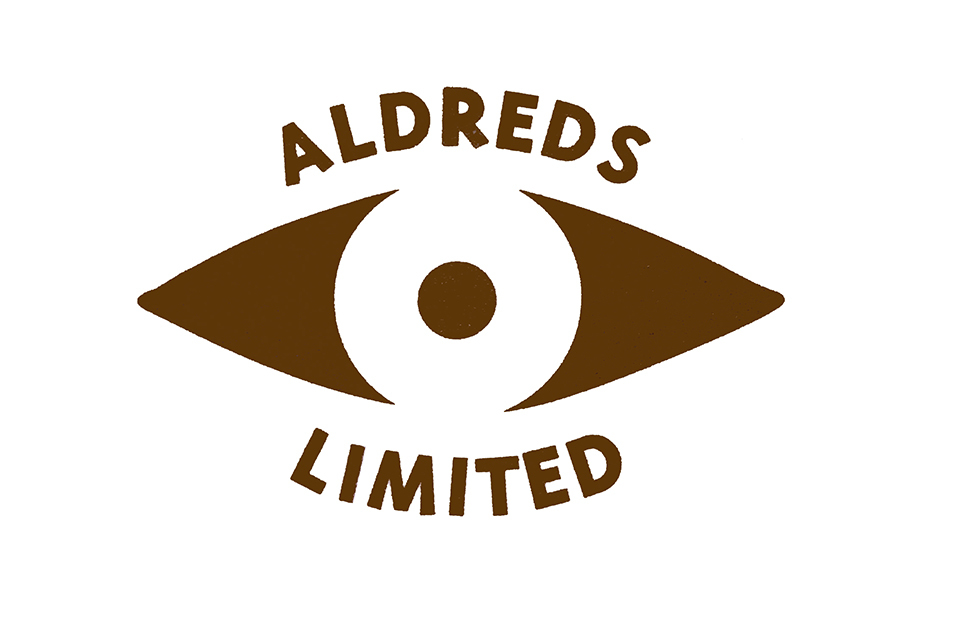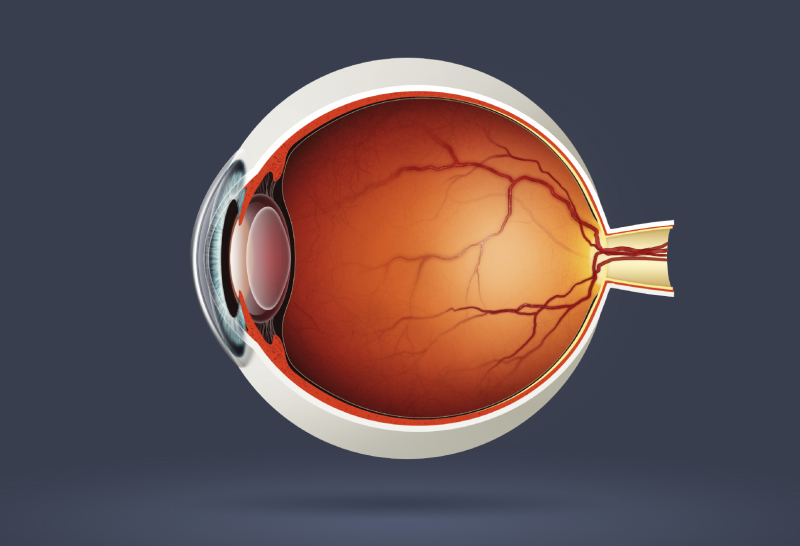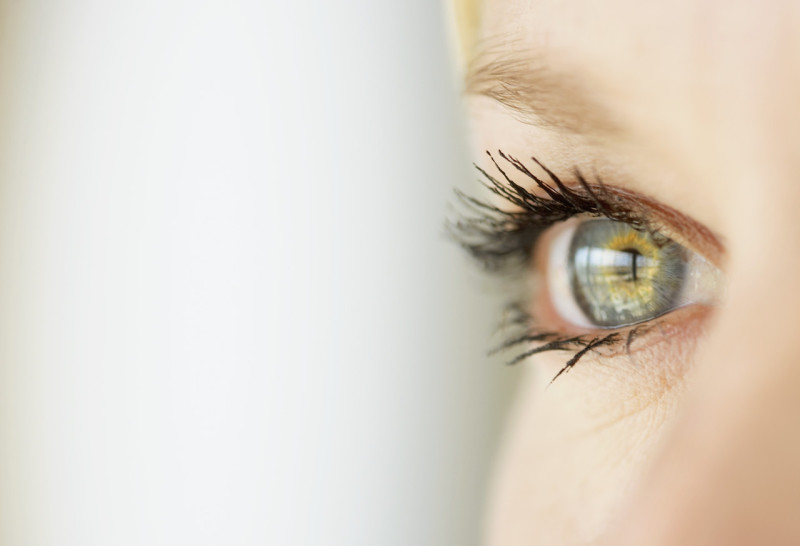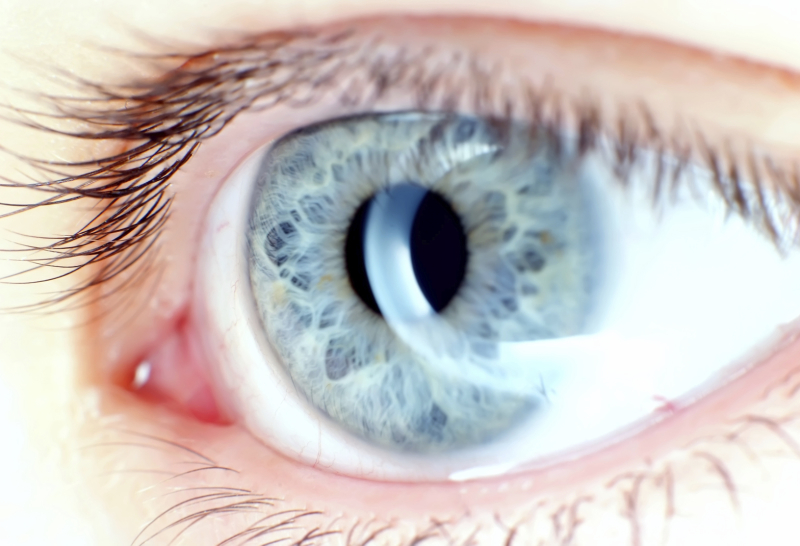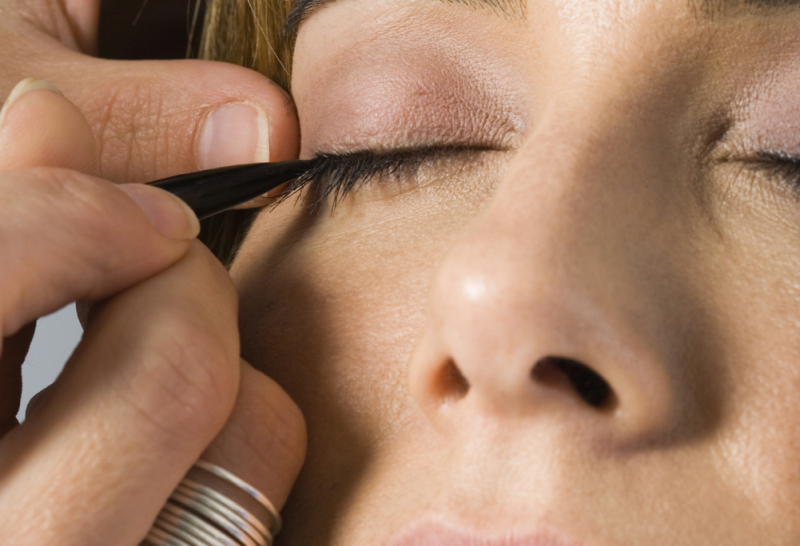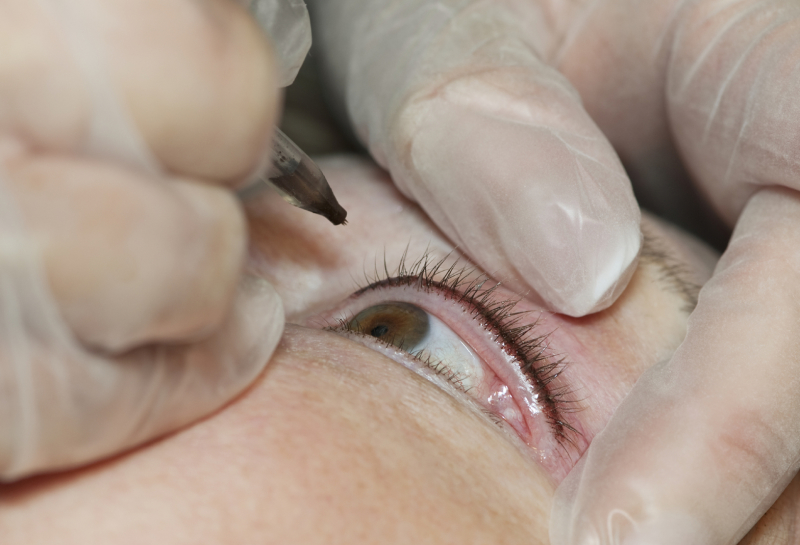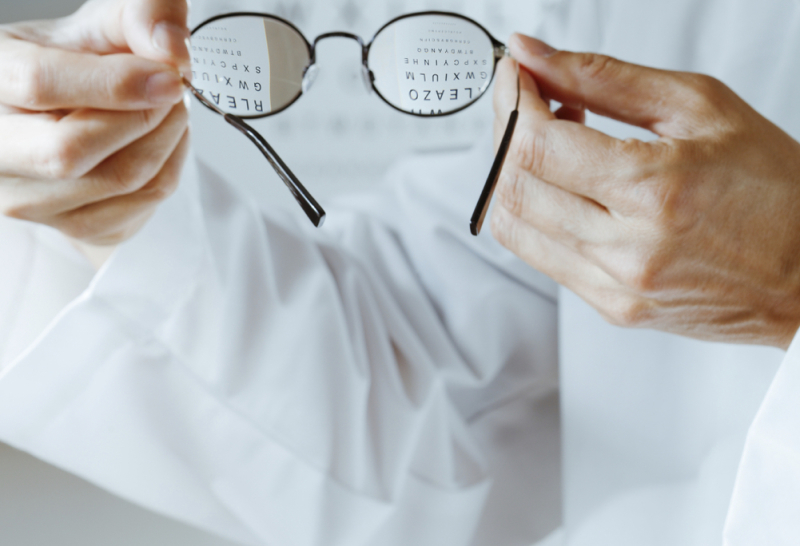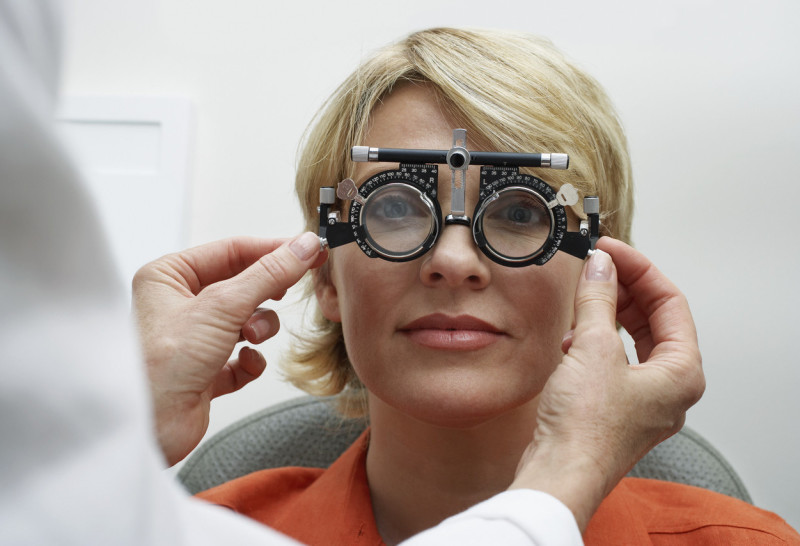Symptoms And Problems
GLAUCOMA:
Glaucoma is a group of eye diseases in which the optic nerve, which connects your eye to your brain, is damaged by the pressure of the fluid inside your eye. This may be because the pressure is higher than normal, or because the nerve is more susceptible to damage from pressure. This may affect one or both of your eyes.
Because you often cannot feel the pressure, and the damage happens slowly, you may not know you have glaucoma until a lot of damage has been done. That damage cannot be put right, so it is particularly important that you find out early. The best way to make sure of this is to have a regular eye examination with an optometrist. If you are at risk of developing glaucoma, you should have an eye examination at least every two years, or more often if your optometrist recommends it.
If you have glaucoma but do not treat it, your eyesight will gradually get worse, and you could eventually go blind. The good news is that treatment with eye drops may stop it getting worse.
The risk of glaucoma increases with age and if there is a history of glaucoma in your immediate family.
FLOATERS AND FLASHES:
Floaters look like small, dark spots or strands that appear to float in front of your eyes. Floaters are very common and are normally harmless. They are more common if you are short sighted or as you get older.
Some people see flashes of light. These can be due to movement of the gel inside the eye.
Very occassionally, flashes or an increase in floaters can be a sign of a retinal detachment, which needs treating as soon as possible. This is more common as you get older, or in people who are short sighted or have had eye surgery.
MACULAR DEGENERATION:
The macular is an area at the back of your eye that you use for seeing fine detail such as reading a book. Macular degeneration (MD) covers a number of conditions which affect the macula. The conditions affect your ability to do certain tasks such as reading and watching television, but do not affect your ability to walk around as your side vision is not affected.
The two main types of MD are wet and dry. Dry is the most common type which usually develops slowly and can lead to the loss of central vision. Wet is caused by leakage of weak blood vessels damaging the macular area. It can cause a rapid loss of vision, but can be treated if detected early enough.
One of the most common symptoms of Wet MD is noticing that straight lines appear wavy. You may not notice this if it happens in one eye as your other eye will compensate, so it is important to regularly check your vision in each eye separately. You can do this by looking with each eye separately at the straight lines on a door frame or venetian blind. If you notice the lines are distorted, you should see your optometrist straight away.
Some people with sight loss experience hallucinations because of problems with their eye sight. This is known as Charles Bonnet Syndrome. Many worry unnecessarily that there is something wrong with their mind. The hallucinations can be as simple as lights, colours or geometrical shapes, or some people may see faces, animals or vivid scenes.
Macular degeneration can be age-related and effects around 600.000 people in the UK.
As yet there is no specific treatment for dry AMD , Wet AMD can be treated with eye injections to reabsorb the fluids that are causing distortion of sight.
BLEPHARITIS:
Blepharitis is an inflammation of your eyelids. It can make eyelids red and eyelashes crusty and make your eyes feel irritated or itchy.
It can affect your continuous tear production which causes burning, soreness or stinging in your eyes. In severe cases, your lashes may fall out, and you can develop small ulcers or styes as well. You may find your eyelids become puffy. The symtoms tend to be worse in the morning and when you wake up you may find your lids are stuck together.
Blepharitis is a chronic (long-term) condition. This means that once you have had it, it can come back even after it has cleared up. It normally afects both eyes. You can usually treat it by using warm compresses (e.g. Eye Doctor Eyelid Heat Masks), cleaning your lids and using lubricants and antibiotics if necessary. You may need to do this for several months.
CATARACTS:
You get a cataract when the clear lens inside your eye becomes cloudy or misty. This is a gradual process that usually happens as we get older. It does not hurt.
The early stages of a cataract do not necessarily affect your sight.
The only proven treatment for a cataract is surgery. If the cataract gets to the stage where it affects your sight, your optometrist wil refer you to hospital to have this done. The surgery is carried out under a local anaesthetic and is very safe. Once you have had the cataract removed, it will not return.
PRESBYOPIA:
There are two main parts of your eye which are responsible for focusing light onto your retina so that you can see clearly. These are your cornea, which is the transparent dome-shaped part at the front of your eye which covers your iris, and the lens inside your eye. The lens inside your eye changes shape to allow you to see things that are close to you.
As you get older the flexibility of the lens inside your eye reduces. This means that you are less able to focus on things that are close to you, so you may need to have reading glasses.
AMBLYOPIA (LAZY EYE):
In an infant or a child, the brain will not tolerate double images and will shutdown the vision in the weaker eye. This involuntary loss of vision is called "lazy eye" or amblyopia. Here's another way to say it: Amblyopia is a healthy eye that does not see. Only infants and children develop amblyopia; and the vision loss can be reversed with therapy if the contributing eye problem is corrected during childhood. Amblyopia is a serious problem for your children. So long as the underlying eye problem remains untreated, the vision in the weaker eye does not develop fully. Lazy eye can also result from other eye problems, such as ptosis (drooping of the eyelid) or a significant refractive error in one eye. If detected early amblyopia can be corrected with patching and/or eye drops applied to the better eye - forcing the weaker eye to recover useful function.
DRY EYE DISEASE (DED)
DED is inflamation that prevents the production of tears. this can sometimes be atribited to the Menopause with lowered levels of oestradiol which makes women twice as likely to develop DED as men over the age of 65.
It can be painful and irritating, however the condition does come with methods of quick relief.
If you wear contact lenses, smoke or drink alcohol excessively you are more likely to develop dry eye disease symptoms these include:
- Gritty or irritated feeling under the eyelid.
- Blurry vision.
- Seeping mucus around the eyes.
There are several treatments available inclunding eye-drops from your local optician or pharmacy, you can also use preventative measures such as:
- Use a humidifier or face steamer.
- Drink plenty of water.
- Eat plenty of oily fish or take omega3 fish oil suppliments.
- Protect you eyes from the sun even when it's not particularly bright and invest in a good pair of sunglasses, look for the UV400, CE or British Standard Mark.
MYOPIA/ SHORT-SIGHTEDNESS:
People who have myopia (short-sightedness) have difficulty seeing distant objects and signs, but can clearly see objects that are near. In short-sighted people, the eyeball is too long or the cornea has too much curvature, so the light entering the eye is not focused correctly. Short-sightedness runs in families and usually appears in childhood. Glasses, contact lenses, or refractive surgery can correct short-sightedness.
